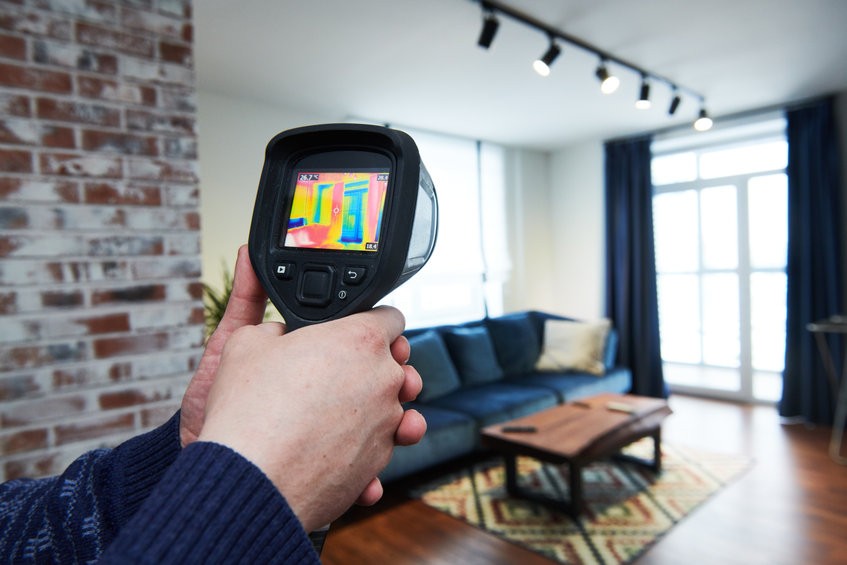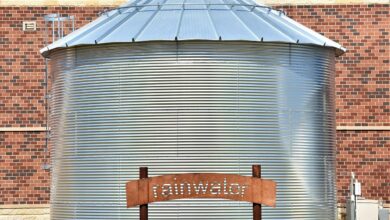Home Improvement
How to Use Drones for Inspection of Tight Spaces?
Workers in industries like oil and gas, construction, marine exploration, and power generation all face a unique challenge. That challenge is working in tight, perilous spaces. Fortunately, a solution in the form of unmanned drones is becoming increasingly popular.
The Dangers Of Working In Tight Spaces
Humans are not designed to be in tight spaces. Workers often have to frequently crawl into drain pipes and ventilation systems for their jobs. Such workers face a lot of danger. They are at risk of being crushed, getting stuck, or being attacked by creatures. Other hazards include suffocation, air poisoning, drowning, and explosions.
Many of these confined spaces are difficult to see or breathe in. The ability to move around is severely limited. This does not take into account the type of work these people are doing in those spaces, which is often strenuous and requires heavy, noisy tools.
Why Are Drones Needed ?
While safety standards are often high, these jobs are still highly dangerous. Personal protective equipment can only do so much. The most recognizable solution is to remove the human aspect from these jobs altogether. Reducing the risk of any worker having to enter a confined space is a good option.
Human labor in confined space inspection is being replaced by the use of drones. While drones are by no means new technology, mainstream drones are not very useful for this purpose. A confined space UAV is stronger and more durable than an ordinary drone. They also have to be mounted with good cameras. Outright speed is not necessary, but low-speed maneuverability is easy.
The benefits of working with UAVs for inspection in confined spaces are broad. They include improved health and safety, better maintenance structure, and a higher cost and time-effective system of work.






